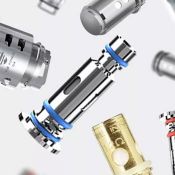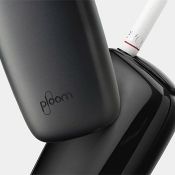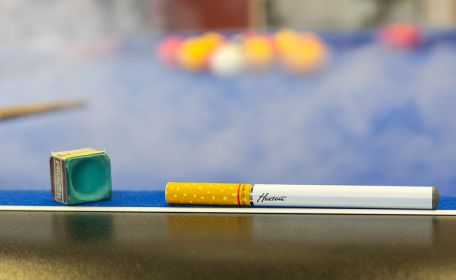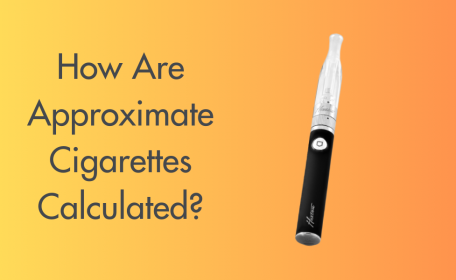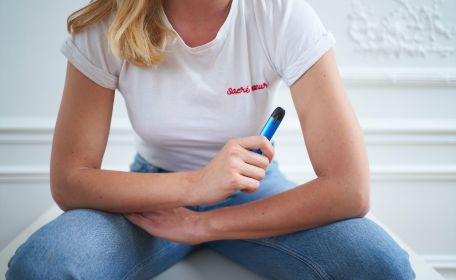← Back
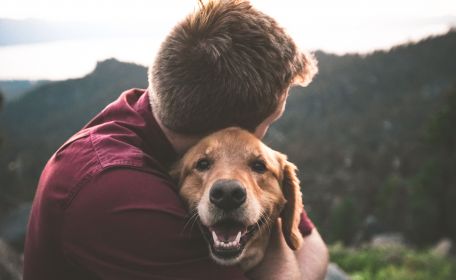
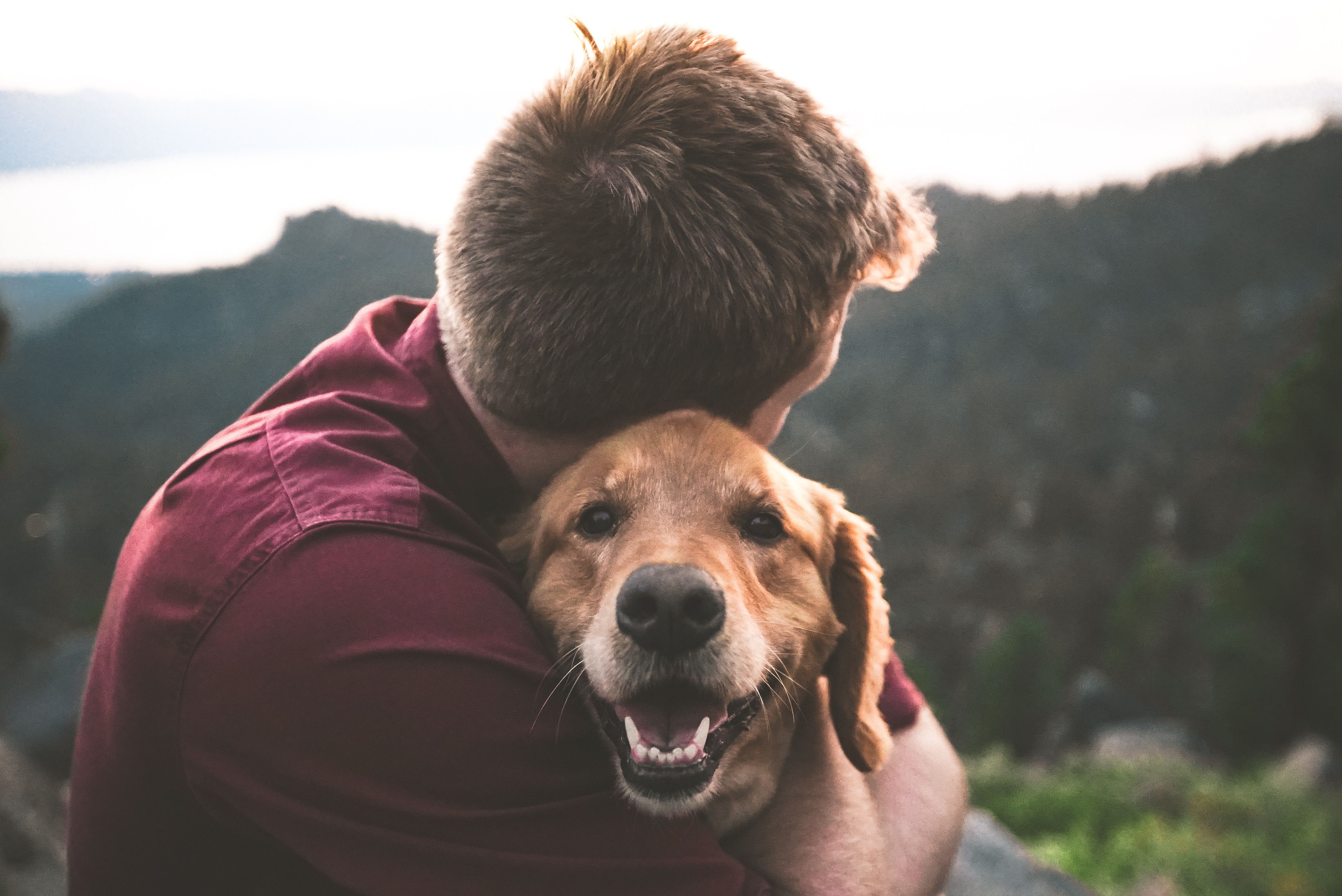
Can I Vape Around my Pet? How To Keep Your four-Legged Friend Safe

It's coming up to the most wonderful time of the year, and that means you're bound to spend some time around your family and friends. Pets are family too, but they aren't as communicative as your nephew or stepmother may be; "What's that thing you keep smoking on?" said no dog. Ever.

A lot of people are unsure of how vaping, and more specifically the vapour that is produced in the process, can affect your pet. It's good to be in the know, so here's a definitive guide on what you should and shouldn't be doing when your furry friend is in town.
Safe practices, based on research:
- There is no current research suggesting the vapour produced from an electronic cigarette causes harm to pets. Nicotine has been shown to cause unhealthy cardiac patterns in dogs, but only in larger doses (0.05mg/kg) that can't be obtained through vapour alone. To put this into understandable terms, the average male Labrador Retriever would need to ingest 1.6mg of nicotine for there to be any noticeable negative effect, according to this study. A Chihuahua would be far more sensitive, where a 0.15mg dose could potentially speed the heart up a little. These are not fatal doses and are only a guideline based on a single study, but it does go to show that tiny doses of nicotine, such as those in vapour, are relatively safe. By the time you exhale vapour a lot of the nicotine content has been absorbed by the lungs, so only trace amounts remain. You should still always try to vape around from pets when you can.
- Most e-liquid does contain nicotine, which is harmful to both humans and pets if ingested as a liquid. Nicotine is a toxic substance which should never be left in a place that a young person or animal could access it. If you're keeping e-liquid, cartomizers or refill pods on hand, keep them in a safe place that is out of reach or securely sealed away. Dogs and cats have sharp teeth which can crack open a plastic bottle relatively easily. Similarly, keep your device out of your pet's reach. It contains the same substance, so should never be easily accessible to them!
- Don't blow vapour in your pet's direction, as they may be attracted to the flavour and try to lick up the clouds. Generally, it's best to not encourage your pet to pay much attention to your kit or vapour, as they may see it as a toy or treat of some kind.
- If you do revert back to smoking cigarettes for any reason, keep away from your pets at all times. Research has continually shown cigarette smoke to be harmful to dogs and cats.
Vaping around dogs
Dogs are primarily at risk as they're more inclined to investigate your kit with their mouth and nose; if they discover your e-liquid, they're more likely to try to crack open the bottle. This can prove fatal, so take extra care and ensure your e-liquid is kept in a secure place.
Vaping around cats
Similarly to nicotine, there is evidence to suggest that PG (Propylene glycol) is harmful to cats when ingested, particularly as food or liquid. It used to be a common ingredient in cat foods and was since removed after cats began to develop unpleasant illnesses. PG only causes problems in relatively large doses, but it's still better to take extra care to keep it away from your cat. In light of this information, some people opt for high-VG e-liquids (some as high as 100%). These liquids also tend to have a lesser nicotine content too, so are less likely to be severe if the worst should happen. It's always better to take preventative measures than reactive ones, so keeping your cat away is your best bet.
Vaping around birds like parrots and budgies
Birds have an extremely sensitive respiratory system which can easily be affected by chemicals; you should take extra care to never vape or smoke around pet birds. E-liquids tends to consist of PG and VG, both of which are low-risk chemicals but can still cause irritation. Birds also tend to clean their feathers with their beak, and as a result are likely to ingest any particles that are caught on them.
In an emergency
If your pet has ingested nicotine e-liquid or any part of your device, it's important you contact your vet right away, either by phone or by taking your pet there. Several veterinary practices have a 24-hour helpline. There is also a UK phone number for a charity called the Animal Poison Line - it costs £30 per call, but they'll be able to advise on how to help your pet and whether a trip to the vet is necessary, by taking in to account factors like the weight of the animal and the specifics of substance ingested. You can contact them on 01202 50 9000.






